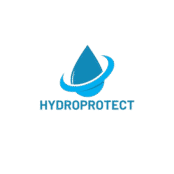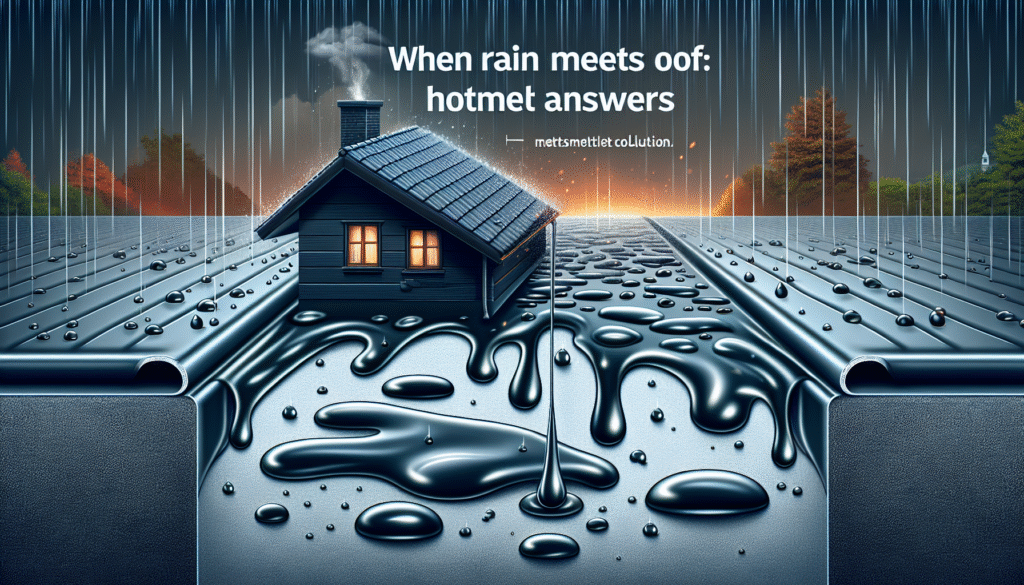Understanding Hotmelt Roof Waterproofing
When it comes to roofing solutions that offer superior waterproofing, hotmelt technology emerges as a game-changer. Whether you’re a hall or warehouse owner, developer, or property manager, achieving efficient and durable insulation is crucial to safeguarding your investment from water damage and structural deterioration. Hotmelt roof waterproofing not only delivers reliable performance but also sets itself apart from traditional insulation methods through its advanced features.
What is Hotmelt Roof Waterproofing?
Hotmelt waterproofing involves the application of a monolithic, seamless liquid membrane that becomes a robust barrier against water infiltration. What makes hotmelt stand out is its ability to form a completely adhered system. Upon cooling, this liquid membrane transforms into a strong, flexible coating that provides long-lasting protection against water penetration.
How Does Hotmelt Work?
– **Application**: The hotmelt compound is melted and applied hot, which allows it to adhere closely to the substrate. This results in a seamless insulation layer.
– **Adaptability**: It molds effortlessly around complex roof profiles, accommodating various structural designs.
– **Durability**: Its tough, elastomeric nature can withstand temperature fluctuations and heavy foot traffic without cracking or disintegrating.
Advantages of Hotmelt Over Traditional Methods
The advantages of hotmelt waterproofing make it an appealing choice for industrial and commercial roofing projects. Understanding these benefits can assist decision-makers in planning for a solution that addresses both immediate needs and long-term maintenance concerns.
Seamless Protection
Unlike traditional methods that rely on rolls or sheets susceptible to seam splitting, hotmelt technology offers continuous membrane coverage. This seamless application significantly reduces potential weak points that may lead to water ingress. The absence of joints and seams ensures optimal performance even under harsh weather conditions.
Enhanced Longevity
Hotmelt insulation is renowned for its longevity, often outlasting conventional roofing solutions. This cost-effective feature translates to lower maintenance and repair expenses over the building’s lifespan. Its resistance to UV rays and chemical exposure further contributes to its durability.
Environmental Considerations
In today’s construction landscape, sustainability is a priority. Hotmelt systems contribute positively to green building standards. These systems are often composed of recycled materials and are free from volatile organic compounds (VOCs), making them an eco-friendly option that enhances the overall sustainability of a building project.
Installation and Maintenance
Proper installation and maintenance are critical to the success of any roofing system. Hotmelt roofing solutions are designed to ensure ease of installation while also simplifying ongoing maintenance.
Installation Process
– **Preparation**: Proper substrate preparation is essential to ensure adhesion and performance.
– **Application**: The hotmelt is heated and applied in layers, creating a uniform membrane.
– **Finishing**: Once cooled, the membrane is topped with a protective layer that can vary based on design needs, such as gravel or pavers.
Long-term Maintenance
Routine inspections and minimal maintenance are usually sufficient to maintain a hotmelt system. Issues like punctures, while rare, can be addressed easily due to the system’s straightforward repair processes. Ensure that regular checks are conducted to preserve the integrity of the membrane and to extend its service life.
Hotmelt Roof Waterproofing: Cost vs. Value
Understanding the cost implications of hotmelt roof waterproofing is vital when considering this system for your project. While initial expenses may seem higher compared to traditional methods, the long-term value and savings often outweigh these costs.
Initial Investment
The investment in hotmelt solutions includes the application of high-quality materials and labor. The seamless and durable nature of this method can justify the initial outlay by offering savings on future repairs and maintenance.
Economic Benefits
– **Reduced Repairs**: With its superior durability, the need for costly repairs is decreased.
– **Energy Efficiency**: Hotmelt systems have insulating properties that can contribute to lower energy bills.
– **Increased Longevity**: Due to its resistance to environmental wear, hotmelt roofing tends to have a longer lifespan.
Summary
Hotmelt roof waterproofing provides an innovative and robust solution for those facing the challenges of maintaining industrial and commercial roofing. Its seamless application, long-lasting durability, and environmental benefits make it a superior choice over traditional methods. Although the initial investment might be higher, the long-term savings and performance enhancements position hotmelt as a cost-effective solution. Through proper installation and minimal maintenance, hotmelt systems ensure unparalleled protection against the elements, safeguarding buildings from the persistent threat of water damage. Choose hotmelt technology for a future-proof, efficient, and environmentally-friendly roofing solution.

